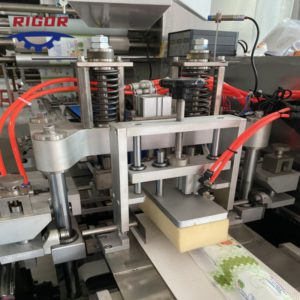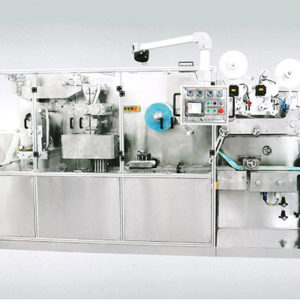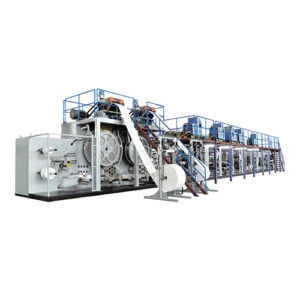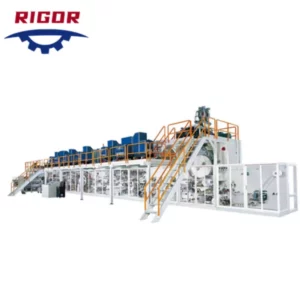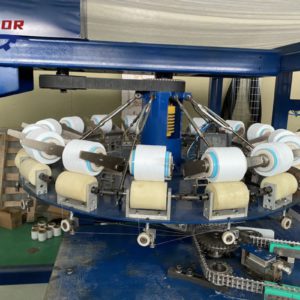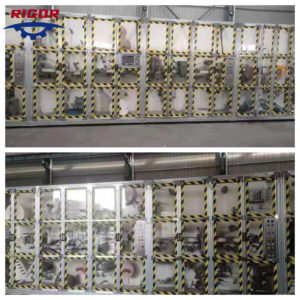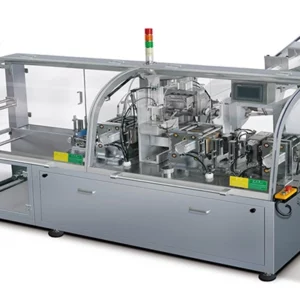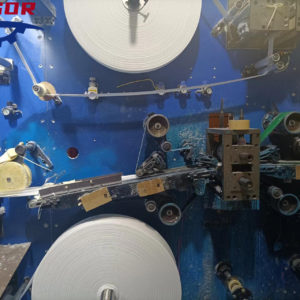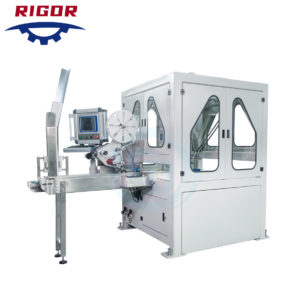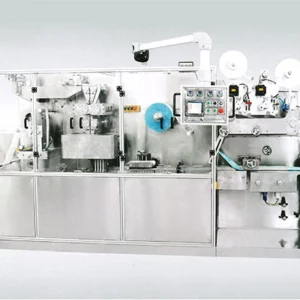Wet wipes are ubiquitous in our everyday lives, used for everything from cleaning hands and faces to sanitizing surfaces and tackle spillages. But how exactly are these convenient and disposable wipes made? The manufacturing process of wet wipes involves multiple steps to transform raw materials into the finished product.
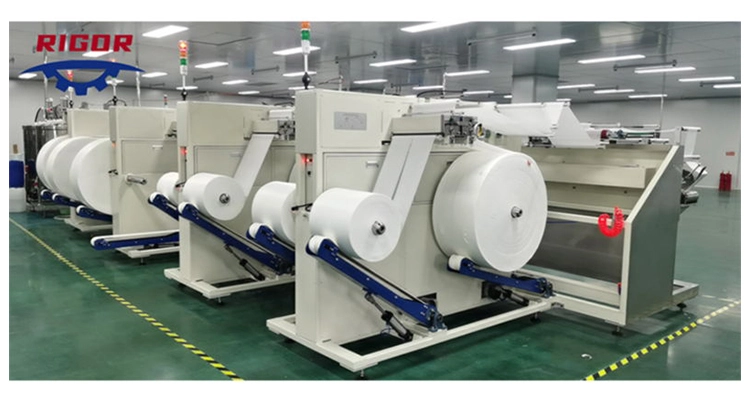
Raw Material Selection And Unwinding
The first step in the wet wipes manufacturing process is selecting the proper raw materials. Two key components go into wet wipes – the substrate and liquid solution. The substrate is typically a nonwoven textile made from fibers like pulp, polyester, polypropylene, or rayon. High-quality substrates ensure the wipes are durable yet soft. Next, liquid solutions like water, antiseptic liquids, moisturizing lotions are added to saturate the substrate. The raw material fibers and substrates are unwound from large rolls and prepared for converting.
Converting And Slitting
The nonwoven fabric substrates are then converted and slit into the desired wipe dimensions using slitting machines. During converting, the fabric may be calendared or embossed using rollers to give it texture. Embossing helps control the liquid absorption properties and increases strength. The fabric is then slit or cut into the required wipe size, typically between 6 to 9 inches.
Liquid Addition
After the fabric substrates are cut to size, the liquid solution is added. Liquids like water, cleaning solutions, baby wipes, and cosmetic wipes require different formulations. Liquids are added based on the type and application of the wipe using various techniques:
- Spraying – The most common method where liquid is sprayed over the substrate using nozzles.
- Gravity Feeding – Liquid is poured onto one end of the moving substrate, which absorbs it as it moves along.
- Roller Coating – Rollers coated in liquid transfer it onto the substrate.
- Impregnation – Substrates are soaked and saturated in a liquid bath.
Folding And Packaging
After liquid addition, the wet wipes undergo folding to fit into packaging. Different fold patterns like C-fold, Z-fold, and Accordion fold are used. The folded wipes then enter high-speed packaging lines where they are placed into tubs, canisters, or stand-up pouches. Automatic machinery loads the packaging with a precise count of wipes and seals them. Finally, labels with product details are applied.
Quality Control And Testing
Quality control is critical in every stage of wet wipe production. Various tests are conducted on raw materials and finished products to ensure performance and safety standards are met. Tests measure liquid absorbency, wipe strength and durability, bacterial counts, and residual chemical levels. Only wipes passing all tests make it to the market.
Conclusion Of Manufacturing Process For Wet Wipes
In summary, the wet wipes manufacturing process involves selecting raw materials, converting nonwoven fabric substrates, adding liquid formulations, folding, packaging, and testing to deliver the finished products consumers use every day. Advanced automation, stringent quality control, and use of specialized coating, folding and packaging machinery enable companies to mass-produce wet wipes at large scales efficiently. Wet wipe manufacturers continuously innovate substrates, liquid formulations, and packaging to improve wipe performance for evolving consumer needs.
